Podcast: Play in new window | Download (Duration: 23:34 — 24.7MB)
Subscribe: Apple Podcasts | Spotify | Amazon Music | Android | Pandora | iHeartRadio | JioSaavn | Podcast Index | Email | TuneIn | RSS | More


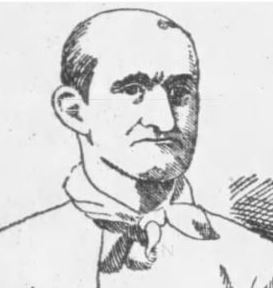

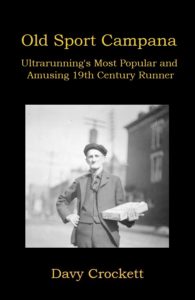  |
Podcast: Play in new window | Download (Duration: 23:34 — 24.7MB)
Subscribe: Apple Podcasts | Spotify | Amazon Music | Android | Pandora | iHeartRadio | JioSaavn | Podcast Index | Email | TuneIn | RSS | More




  |
Podcast: Play in new window | Download (Duration: 27:42 — 29.4MB)
Subscribe: Apple Podcasts | Spotify | Amazon Music | Android | Pandora | iHeartRadio | JioSaavn | Podcast Index | Email | TuneIn | RSS | More








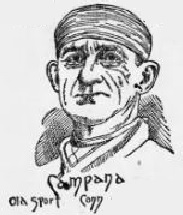

He seemed to never be formally training, but perhaps with all the miles he put in pushing his cart, he was able to regularly run more than 300 miles in a six-day race.
Campana was unusually “unbalanced.” When some spectators mocked him, he would punch them in the face and then continue running. The crowds would roar with approval and the race management would do nothing. The New York Times wrote, “Napoleon Campana, better known to the world as ‘Old Sport,’ is called the clown of the walking matches, and a race without ‘Old Sport’ in it would be a novelty.”
Podcast: Play in new window | Download (Duration: 28:06 — 30.4MB)
Subscribe: Apple Podcasts | Spotify | Amazon Music | Android | Pandora | iHeartRadio | JioSaavn | Podcast Index | Email | TuneIn | RSS | More
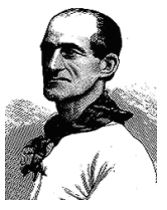

In early 1879, he had a poor reputation, and his integrity was questioned. But during the coming 15 months, as he ran more miles in races than anyone in the world, he would win over the hearts of the public. He would be called “perhaps one of the best-known athletes in the country.” He became a crowd favorite to watch in 1879 when the six-day race was the most popular spectator sporting event to watch in America.
Podcast: Play in new window | Download (Duration: 26:32 — 27.3MB)
Subscribe: Apple Podcasts | Spotify | Amazon Music | Android | Pandora | iHeartRadio | JioSaavn | Podcast Index | Email | TuneIn | RSS | More
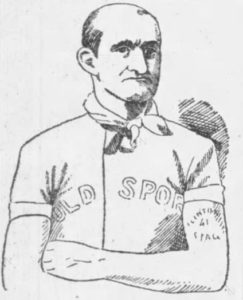

He didn’t age well, lost his hair, had wrinkled skin from being outdoor so much, and people thought he was 10-15 years older than he really was. He never corrected them in their false assumption and wanted people to believe he was very old. While he was well-loved by the public, he wasn’t a nice person. During races, when he would become annoyed, he would frequently punch competitors or spectators in the face. In his private life, he was arrested for assault and battery multiple times, including abusing his wife, and spent time in jails for being drunk.
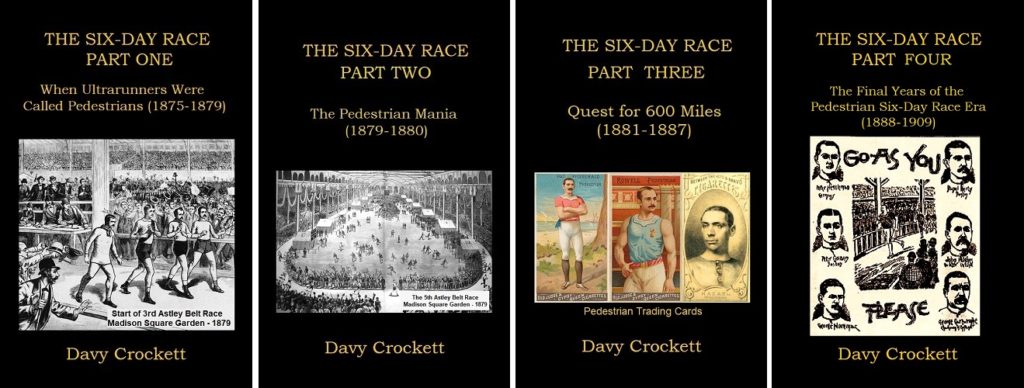

Read about the fascinating history of the more than 500 six-day races held from 1875 to 1909 in Davy Crockett’s new definitive history in 1,200 pages. Get them on Amazon.
Podcast: Play in new window | Download (Duration: 25:21 — 38.1MB)
Subscribe: Apple Podcasts | Spotify | Amazon Music | Android | Pandora | iHeartRadio | JioSaavn | Podcast Index | Email | TuneIn | RSS | More
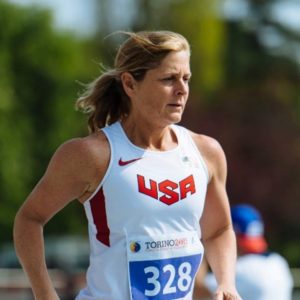

| Learn about the rich and long history of ultrarunning. There are now eleven books available in the Ultrarunning History series on Amazon, compiling podcast content and much more. Learn More. If you would like to order multiple books with a 30% discount, send me a message here.
|
Podcast: Play in new window | Download (Duration: 28:10 — 42.1MB)
Subscribe: Apple Podcasts | Spotify | Amazon Music | Android | Pandora | iHeartRadio | JioSaavn | Podcast Index | Email | TuneIn | RSS | More
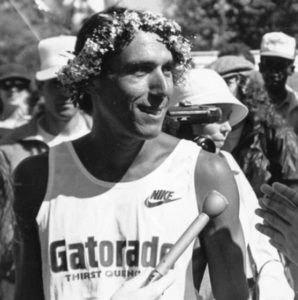

Podcast: Play in new window | Download (Duration: 32:38 — 36.6MB)
Subscribe: Apple Podcasts | Spotify | Amazon Music | Android | Pandora | iHeartRadio | JioSaavn | Podcast Index | Email | TuneIn | RSS | More
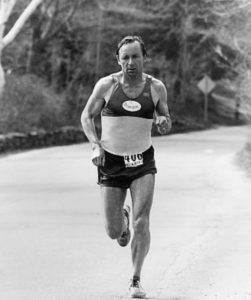

Heinrich appeared suddenly on the ultrarunning scene, setting a record in his very first ultra, and he quickly rose to the top of the sport. He was named “Ultrarunner of the Year” three of the first four years of Ultrarunning Magazine’s existence. He had a quiet nature and never sought for the running spotlight, but eventually was one of the few to be inducted in the American Ultrarunning Hall of Fame.
As a boy, Heinrich grew up living deep in a forest in war-torn Germany. In his life priorities, running was secondary to his true love, observing, researching, teaching and writing about nature. During his intense running years, he was able to find a balance to become a world-renowned expert in his professional naturalist career, studying birds, bees, and other animals and insects. Ultrarunning historian, Nick Marshall wrote about Heinrich in 1984, “Often runners don’t know much about the backgrounds of individuals whose athletic accomplishments may be very familiar to them, so it is quite nice to see one of our sport’s star gain recognition as a successful pioneer in a totally unrelated field.”
Podcast: Play in new window | Download (Duration: 25:23 — 40.1MB)
Subscribe: Apple Podcasts | Spotify | Amazon Music | Android | Pandora | iHeartRadio | JioSaavn | Podcast Index | Email | TuneIn | RSS | More
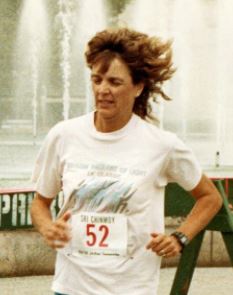

Sue Ellen Trapp was one of the elite women pioneer ultrarunners who burst into the sport in the 1970s. She was the fourth person to be inducted into The American Ultrarunning Hall of Fame. She quickly achieved world and American records and showed how fast and how far women could run. With a busy life including her dental practice and family, she rose to the top of the sport twice, after an eight-year ultrarunning retirement, setting world and American records in her 40s and 50s.
| Learn about the rich and long history of ultrarunning. There are now eleven books available in the Ultrarunning History series on Amazon, compiling podcast content and much more. Learn More. If you would like to order multiple books with a 30% discount, send me a message here.
|